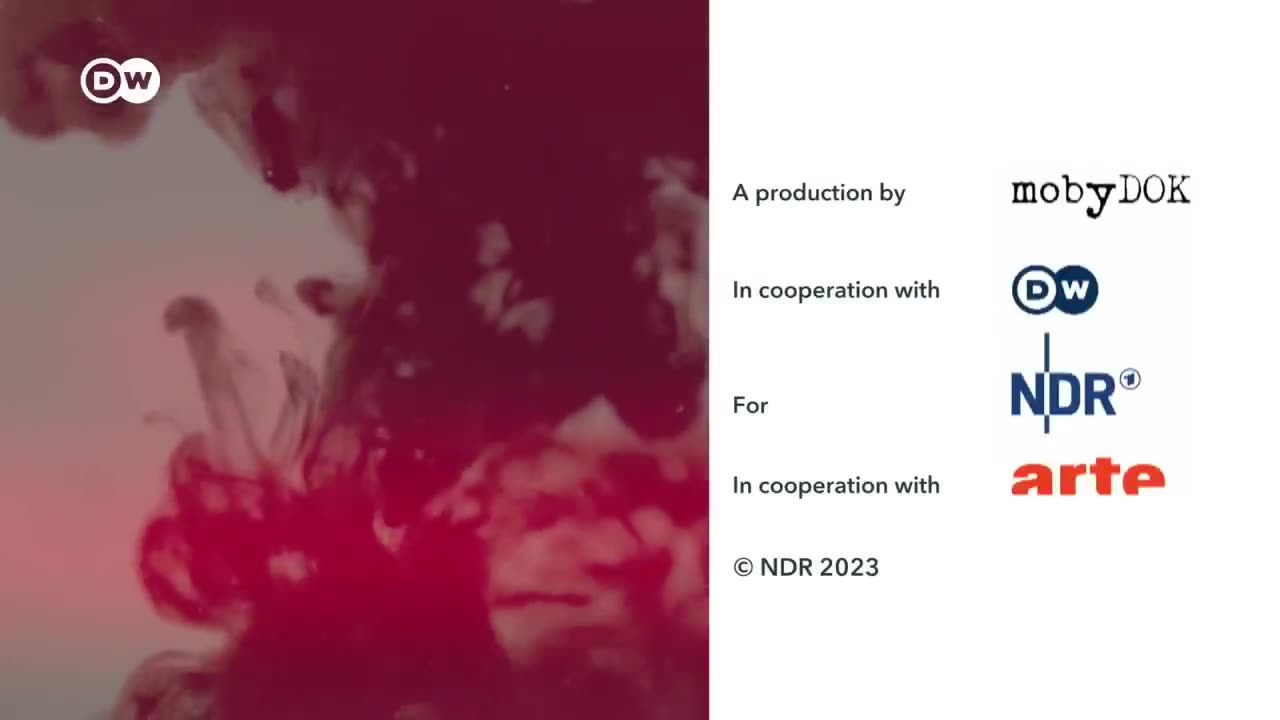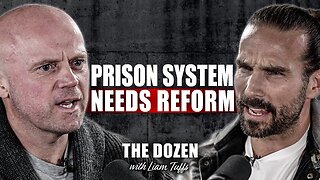Premium Only Content

The blood shortage and the quest for artificial blood
Five to seven liters of blood flow through a human being’s veins. There are eight billion people on Earth. You’d think there’d be enough to go around for transfusions, for example, but blood is always in short supply. So how about we make some?
Over the course of their lifetime, two out of three people will need a blood transfusion. Manufacturing artificial blood would solve several problems at once: address the blood shortage issue, minimize the risk of disease transmission and provide sufficient blood for all blood groups, including the rarest.
But we’ve already been here once before, at a point where we thought we’d found the Holy Grail. That was in the 1960s. A time when all over the world, people believed a chemical substance -perfluorocarbons - was the key to meeting the global demand for blood. It was thought that before long, artificial blood would be available in every hospital. But in the end, things turned out to be much more complex.
"Every blood cell has its own, crucial function. It’s practically impossible to try and replace all of it at once," explains immuno-biologist Romy Kronstein-Wiedemann from Dresden’s Technical University. That’s why scientists have been attempting to copy individual elements of our blood, for example the platelets that are so important in the formation of clots.
"The body is the best bioreactor," says molecular biologist Constanca Ferreira de Figueiredo. That’s why the platelets’ precursor cells that she’s designed continue to develop in the body. Researchers in Dresden are creating red blood cells in the lab. In France, a super-efficient oxygen carrier has been found in the mudflats: a worm. If we’re hoping to substitute just a part of our blood at least, could this creature be the answer?
-
 1:17:59
1:17:59
Sarah Westall
11 hours agoDOGE: Crime & Hysteria bringing the Critics & the Fearful - Plus new CDC/Ukraine Crime w/ Dr Fleming
65K5 -
 45:39
45:39
Survive History
17 hours ago $9.79 earnedCould You Survive in the Shield Wall at the Battle of Hastings?
69.8K6 -
 1:50:28
1:50:28
TheDozenPodcast
15 hours agoViolence, Abuse, Jail, Reform: Michael Maisey
105K4 -
 23:01
23:01
Mrgunsngear
1 day ago $6.25 earnedWolfpack Armory AW15 MK5 AR-15 Review 🇺🇸
90.3K12 -
 25:59
25:59
TampaAerialMedia
1 day ago $4.01 earnedUpdate ANNA MARIA ISLAND 2025
57.7K4 -
 59:31
59:31
Squaring The Circle, A Randall Carlson Podcast
17 hours ago#039: How Politics & War, Art & Science Shape Our World; A Cultural Commentary From Randall Carlson
44K3 -
 13:21
13:21
Misha Petrov
17 hours agoThe CRINGIEST Thing I Have Ever Seen…
35.9K63 -
 11:45
11:45
BIG NEM
13 hours agoWe Blind Taste Tested the Best Jollof in Toronto 🇳🇬🇬🇭
25.7K1 -
 15:40
15:40
Fit'n Fire
17 hours ago $0.57 earnedArsenal SLR106f & LiteRaider AK Handguard from 1791 Industries
22.1K1 -
 8:34
8:34
Mike Rowe
6 days agoWhat You Didn't Hear At Pete's Confirmation Hearing | The Way I Heard It with Mike Rowe
57.4K23